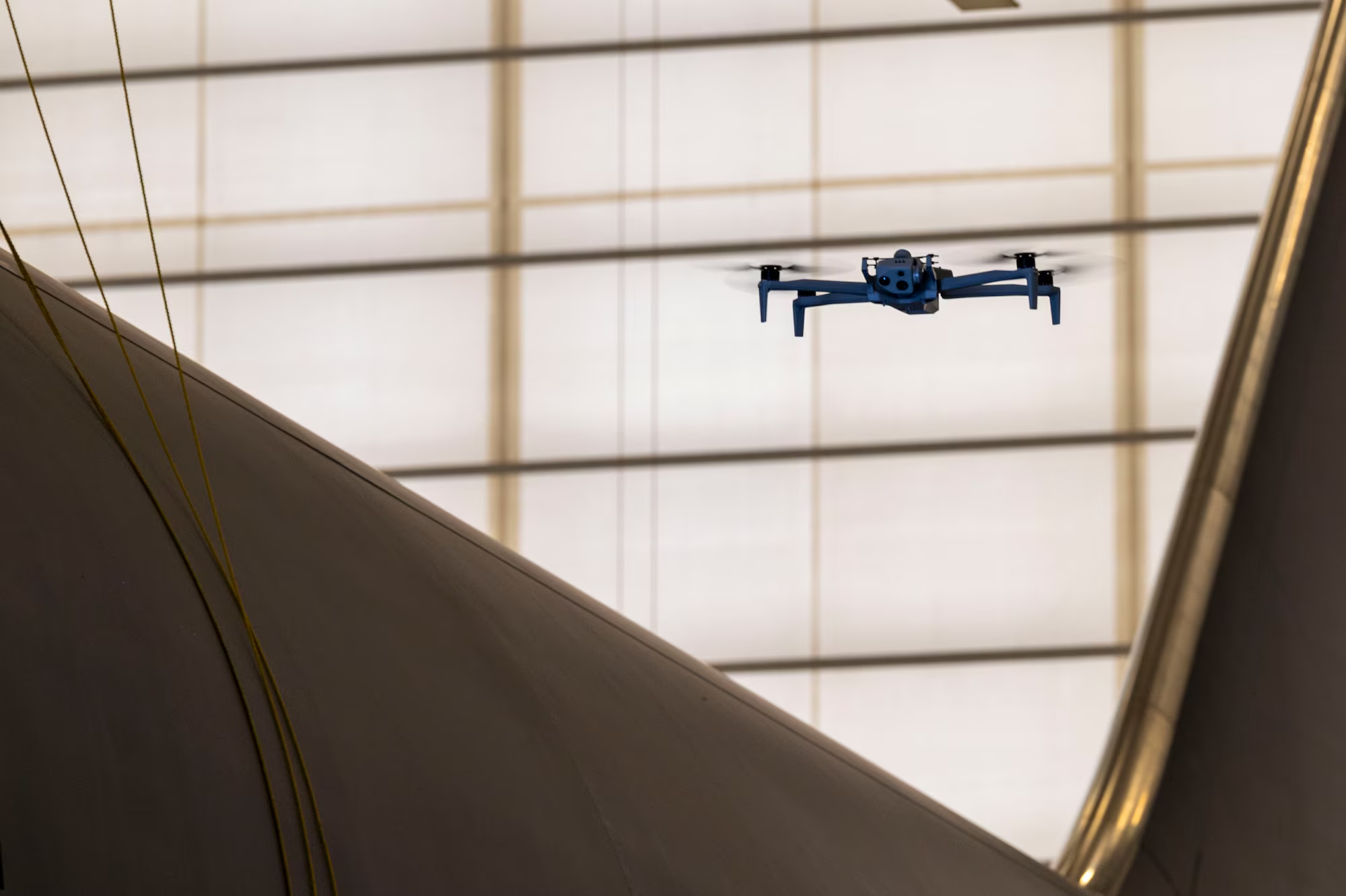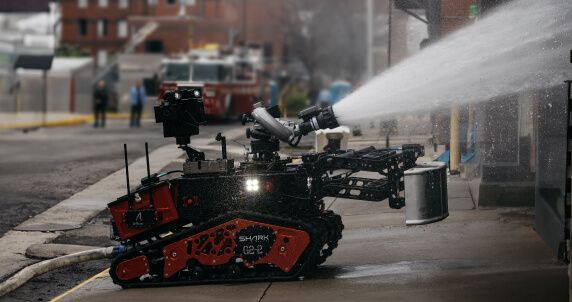
Real-time Object Detection for Autonomous Drones
This project focused on implementing a state-of-the-art vision system for autonomous drones using YOLOv9 on NVIDIA Jetson hardware, achieving 30 FPS with 95% mAP on custom aerial datasets.
Autonomous drones require robust vision systems capable of identifying and tracking objects in real-time under various environmental conditions. This project developed an optimized computer vision system for unmanned aerial vehicles (UAVs) that can detect and classify multiple object categories from aerial perspectives while operating with limited onboard computational resources.
Technical Implementation
The vision system employs several cutting-edge techniques to achieve real-time performance on edge hardware:
- Custom-trained YOLOv9 architecture optimized for aerial perspectives
- TensorRT optimization for NVIDIA Jetson platform
- Multi-scale feature fusion for improved detection of small objects
- Temporal consistency tracking using DeepSORT
- Dynamic quantization techniques for model compression
- CUDA-accelerated image preprocessing pipeline
- Custom loss function with spatial awareness components
- Distributed training on multiple GPUs
Dataset Creation and Processing
One of the major challenges was creating a suitable dataset for training the model. The dataset was compiled from multiple sources:
- Custom drone footage captured at various altitudes and lighting conditions
- Augmented VisDrone dataset with additional annotations
- Synthetic data generated using Unity simulation environment
- Domain adaptation techniques to bridge sim-to-real gap
- Semi-supervised learning with pseudo-labeling for unlabeled data
System Integration and Performance
The vision system was integrated with the drone's flight controller using ROS2 (Robot Operating System), enabling:
- 30 FPS detection rate on Jetson Xavier NX
- 95% mean Average Precision (mAP) at IoU threshold of 0.5
- Detection range of up to 100 meters for person-sized objects
- Power efficiency optimization (8W average consumption)
- Robust performance under varying lighting conditions
- Multi-object tracking with unique ID preservation
Robotics & Computer Vision
YOLOv9, NVIDIA Jetson, TensorRT
Custom Drone Platform
January 2025
Technical Challenges and Solutions
The development process encountered several challenges unique to deploying computer vision on aerial platforms:
- Limited computational resources onboard the drone requiring extensive model optimization
- Variable lighting conditions affecting detection consistency
- High-speed movement causing motion blur in captured frames
- Small object detection from aerial perspectives
- Power consumption constraints affecting system operation time
These challenges were addressed through a combination of hardware and software solutions. On the hardware side, the NVIDIA Jetson Xavier NX was selected for its optimal balance between computational power and energy efficiency. Custom cooling solutions were implemented to maintain stable performance during extended flight operations.
For software optimization, the YOLOv9 model underwent extensive pruning and quantization to reduce its computational footprint while preserving accuracy. A multi-stage detection pipeline was implemented, where an initial lightweight model performed region proposal, followed by a more accurate classifier focusing only on regions of interest. This approach significantly reduced the computational load while maintaining high detection accuracy.
To address the challenges of variable lighting and motion blur, the training dataset incorporated extensive data augmentation techniques, including synthetic lighting changes, motion blur simulation and domain randomization. This approach ensured the model's robustness in real-world conditions.



